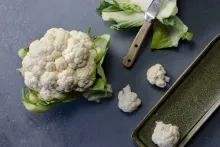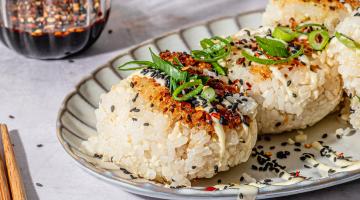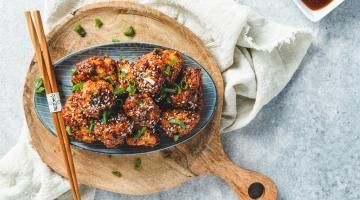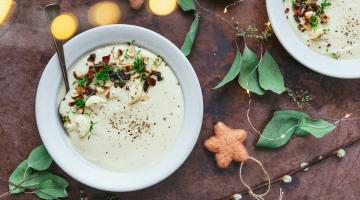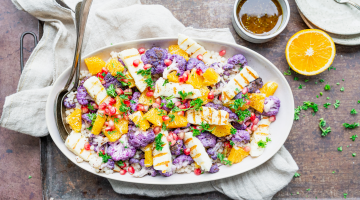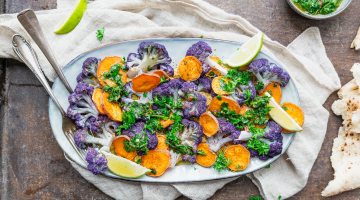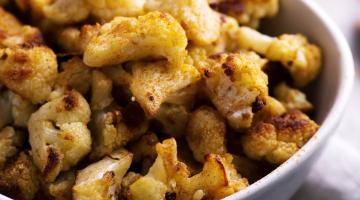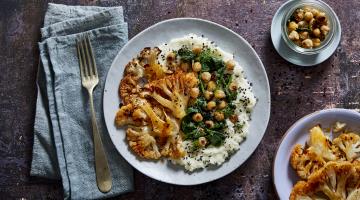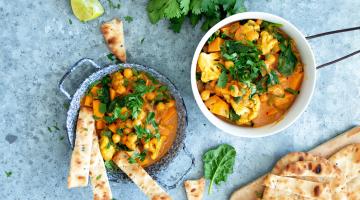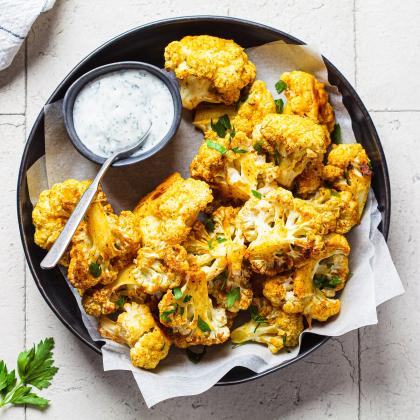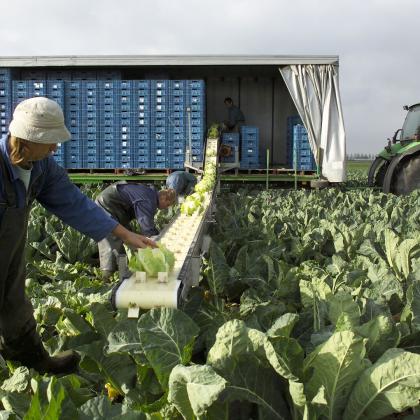Cauliflower recipes
All around the world, cauliflower is prepared in surprisingly versatile ways, from cauliflower curry to crispy snacks. For example: Tempura Cauliflower – In Japan, cauliflower is dipped in a light batter and fried as tempura, giving it a crispy texture. Buffalo Cauliflower Wings – A vegetarian version of the famous Buffalo wings, where cauliflower florets are baked or fried and coated in a spicy, flavourful sauce. Roasted Cauliflower with Tahini – In countries like Lebanon and Israel, cauliflower is roasted until golden and crispy, then served with a creamy tahini sauce. From creamy to spicy and crispy: cauliflower consistently proves its versatility in kitchens worldwide!
How to Prepare Cauliflower
Boiling
Boiling Cauliflower
Cauliflower is best when it still has a slight bite, so be careful not to overcook it – otherwise, it loses flavour and becomes too soft. For boiling, aim for about 6 to 8 minutes to keep the florets firm.
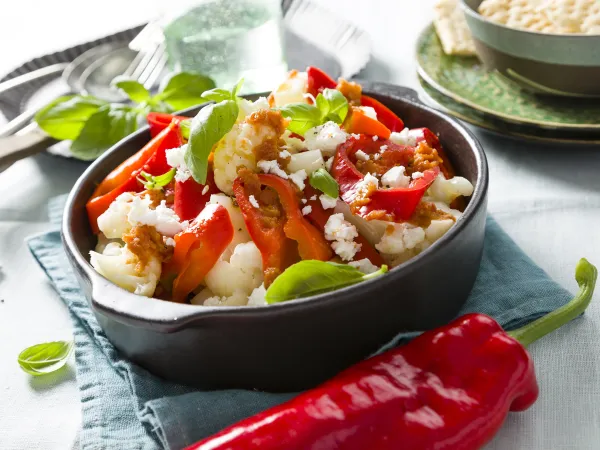
Steaming
Steaming Cauliflower
If you choose to steam your cauliflower, keep in mind that the cooking time will be slightly longer. Depending on the desired doneness, steaming takes an average of 7 to 9 minutes. Make sure not to overcook it to fully enjoy flavorful and nutritious vegetables!
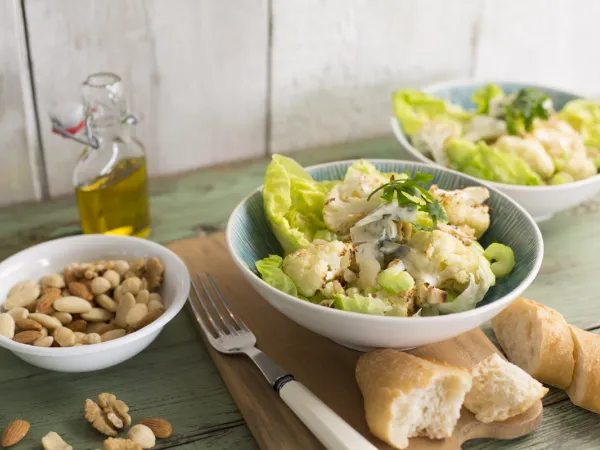
Oven
Cauliflower in the Oven
There’s no single way to bake cauliflower – you can go in many directions. For a quick preparation, spread cauliflower florets on a baking tray, drizzle with olive oil and season to taste, then roast them at 200°C for 15-20 minutes until golden.
Fancy trying a whole cauliflower? After marinating it with your favourite spices, wrap it in baking paper or aluminium foil and let it slowly cook at 150°C for about 1.5 hours. Afterwards, remove the wrapping and place the cauliflower back in the oven for another ten minutes for a deliciously crispy crust.


